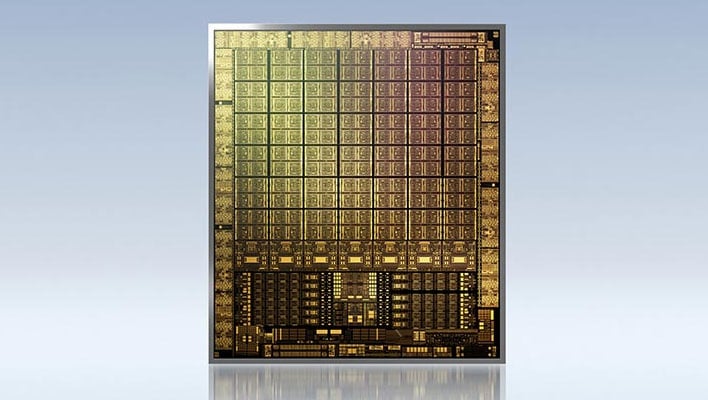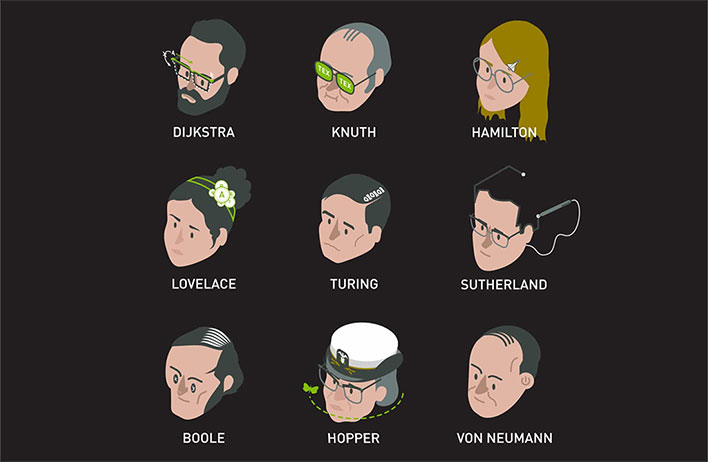GeForce RTX 40 Ada Lovelace And Radeon RX 7000 May Be Monstrous, Power-Hungry GPUs

This week, a new report claims that if you're already a bit concerned with the current state of GPU power consumption, things are only going up from here. 3DCenter alleges that GeForce RTX 40 "Ada Lovelace" GPUs would feature TDPs in the 420- to 450-watt range.

For comparison, the GeForce RTX 3070 Ti and RTX 3080 have TDP of 290 watts and 320 watts, respectively. The GeForce RTX 3080 Ti and RTX 3090 have TDPs of 350 watts. According to previous rumors, the AD102 GPU will be manufactured on TSMC's 5nm node with a die size of around 600mm2 (which is just a tad smaller than the 628mm2 of the GA102). It's rumored that the flagship AD102 -- perhaps called the GeForce RTX 4090 -- could feature up to 18,432 CUDA cores, compared to 10,496 CUDA cores for the mighty GeForce RTX 3090.
Navi 31 is tipped for a Multi-Chip Module (MCM) arrangement with an 800mm2 die size on the AMD side of the equation. This chip could end up with a TDP ranging from 450 watts to a staggering 480 watts. If the rumors are accurate, we could be looking at up to 240 compute units with up to 15,360 stream processors for a flagship Radeon RX 7900 XT (or whatever it may end up being called). Although NVIDIA has been rather tight-lipped about its next-generation GeForce graphics cards, AMD CEO Dr. Lisa Su already confirmed that Navi 31 (RDNA 3) is on track for a 2022 release.
These new GPUs from NVIDIA and AMD will be absolute performance beasts, and they will slurp power like crazy to deliver stunning visuals and performance at 4K resolution (and above). However, it also makes us wonder how the two graphics card giants will have to neuter the cards to make them suitable for the inevitable mobile variants for gaming laptops.

